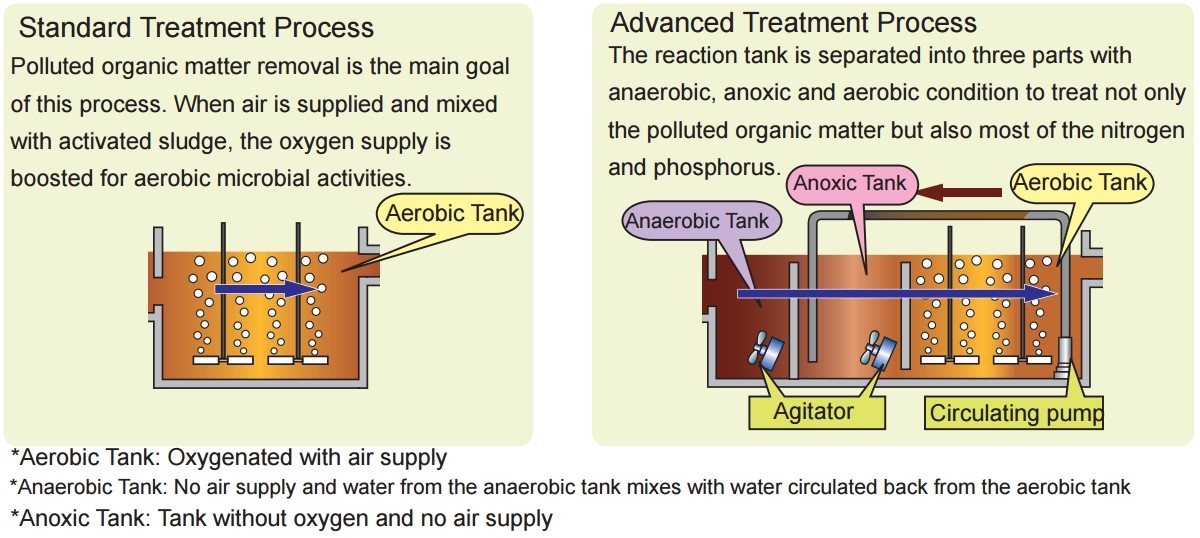The Ecological Planning Working Group of the Initiative will conduct research, analysis, and surveys, and facilitate indigenous peoples' own bio-cultural mapping. Mapping provides geospatial analysis for planning at the larger landscape scales. Compiling and integrating layers of information such as pending indigenous lands claims, industrial threats, wildlife corridors, hunting grounds, protection status, ecosystem types and biodiversity data, population data, access routes, and fluvial links helps the alliance establish priorities and make sound governance decisions. In addition, such biocultural mapping is a key aspect of storytelling.
- Work will be carried out and guided by indigenous leaders and technical teams to weave together a tapestry of indigenous life plans, further flesh out implementation and find emergent threads. Examples of potential emergent threads include developing capacity for implementing self-reliant renewable energy and/or transportation systems; training and coordination for watershed restoration and water quality management; and establishing a regional hub for incubating and innovating solutions.
- Engage academic sector
- Conduct research focusing on solutions and alternatives to current growth-focused economic models that are based on export-driven resource extraction industries and that instead focus on alternative indicators of wellbeing
- Exploration of models of indigenous co-governance in other parts of the Amazon or the world
Indigenous life plans respond to a development vision of the indigenous territories so it is important to ensure its implementation, respecting the particularities of each community and each indigenous group. These natural resource plans are created through collaborative decision-making, and provide tools for self-governance and participatory management that harness the collective wisdom of the community.
An initial process of gathering all the indigenous life plans has started since last year. However, various indigenous groups need financial resources to update their life plans.
